The immense fossilised claw of a 2.5m-long (8ft) sea scorpion has been described by European researchers. The 390-million-year-old specimen was found in a German quarry, the journal Biology Letters reports. The creature, which has been named Jaekelopterus rhenaniae, would have paddled in a river or swamp.
The size of the beast suggests that spiders, insects, crabs and similar creatures were much larger in the past than previously thought, the team says. The claw itself measures 46cm - indicating its owner would have been longer even than the average-sized human. Overall, the estimated size of the animal exceeds the record for any other sea scorpion (eurypterid) find by nearly 50cm. The eurypterids are believed to be the extinct aquatic ancestors of modern land scorpions and possibly all arachnids (the class of animals that also includes spiders).
"The biggest scorpion today is nearly 30cm so that shows you how big this creature was," said Dr Simon Braddy from the University of Bristol, UK. It was one of Dr Braddy's co-authors, Markus Poschmann, who made the discovery in the quarry near Prum in western Germany. "I was loosening pieces of rock with a hammer and chisel when I suddenly realised there was a dark patch of organic matter on a freshly removed slab," he recalled. "After some cleaning I could identify this as a small part of a large claw. Although I did not know if it was more complete or not, I decided to try and get it out. "The pieces had to be cleaned separately, dried, and then glued back together. It was then put into a white plaster jacket to stabilise it."Super-sized meals. The species existed during a period in Earth history when oxygen levels in the atmosphere were much higher than today. And it was those elevated levels, some palaeo-scientists believe, that may have helped drive the super-sized bodies of many of the invertebrates that existed at that time - monster millipedes, huge cockroaches, and jumbo dragonflies. But Dr Braddy thinks the large scales may have had a lot to do with the absence early on of vertebrate predators. As they came on the scene, these animals would have eaten all the biggest prey specimens.
"The fact that you are big means you are more likely to be seen and to be taken for a tastier morsel," he told BBC News. "Evolution will not select for large size; you want to be small so you can hide away." The scorpions are thought to have made their first scuttles on to land about 450 million years ago. While some would have taken up a fully terrestrial existence, others like Jaekelopterus rhenaniae would have maintained an aquatic or semi-aquatic lifestyle.
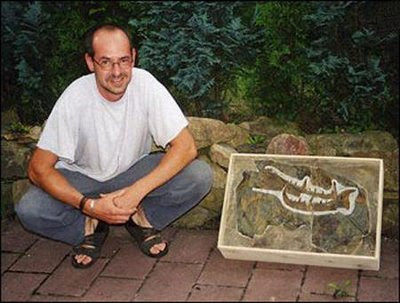
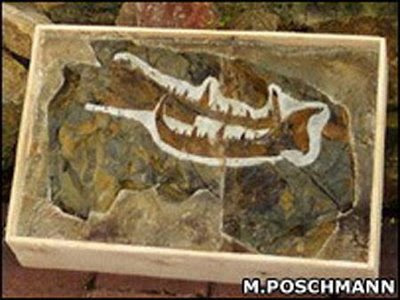
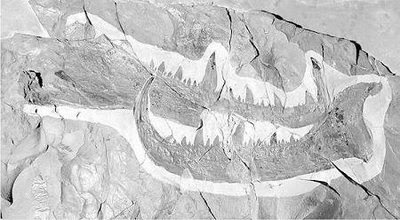
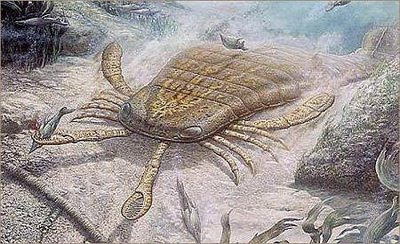
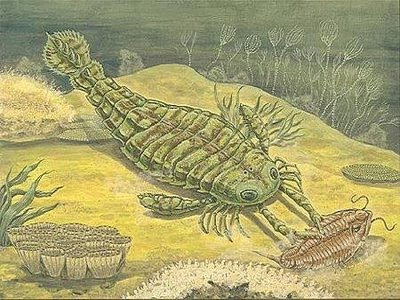

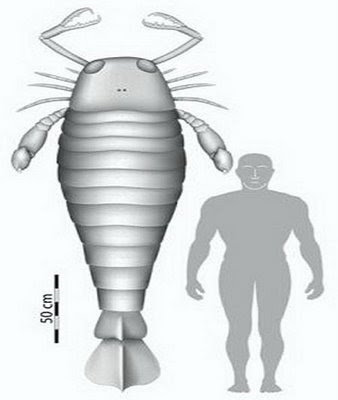
Tidak ada komentar:
Posting Komentar